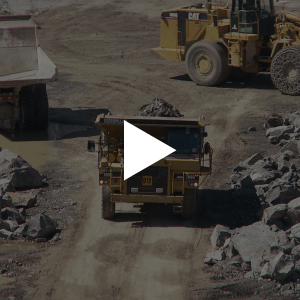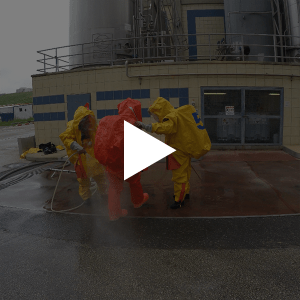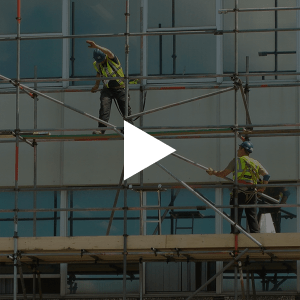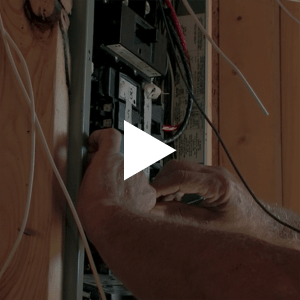1000 5th Ave, New York, NY 10028, United States
6th & Constitution Ave NW, Washington, DC 20565, United States
Don't Miss Out
Venue: 6th & Constitution Ave NW, Washington, DC 20565, United States
Seats Remaining: 9
Venue: 6th & Constitution Ave NW, Washington, DC 20565, United States
Seats Remaining: 5
Book Your Spot
 www.csem.com offers safety training classes in OSHA’s requirements 29 CFR 1910 General Industry and 29 CFR 1926 General Construction for employers to provide fall protection systems. The employer shall determine if the walking/working surfaces on which its employees are to work have the strength and structural integrity to support employees safely. Employees shall be allowed to work on those surfaces only when the surfaces have the requisite strength and structural integrity and can provide proof of courses which offer their certification as trained under the proper standards. Primarily 29 CFR 1926 Subpart M Fall Protection (1926.500-503) and 29 CFR 1910.269 Final RuleFall Protection Standards.
www.csem.com offers safety training classes in OSHA’s requirements 29 CFR 1910 General Industry and 29 CFR 1926 General Construction for employers to provide fall protection systems. The employer shall determine if the walking/working surfaces on which its employees are to work have the strength and structural integrity to support employees safely. Employees shall be allowed to work on those surfaces only when the surfaces have the requisite strength and structural integrity and can provide proof of courses which offer their certification as trained under the proper standards. Primarily 29 CFR 1926 Subpart M Fall Protection (1926.500-503) and 29 CFR 1910.269 Final RuleFall Protection Standards.
The leading cause of death in the construction industry is from falls. As a result construction workers must have fall protection when working at a height of six feet or more.
In addition employers must provide a Fall Protection training program to all construction workers who might be exposed to fall hazards – § 1926.503(a)(1). According to OSHA 29 CFR 1926.503(a)(1) every employee who might be exposed to fall hazards shall receive training on recognizing the hazards of falling, and the procedures to be followed in order to minimize these hazards.
All fall protection programs required by OSHA shall conform to the criteria set forth in OSHA 29 CFR 1926.502 for construction or OSHA 29 CFR 1910 as follows:
General Industry (29 CFR 1910)
- 23, Guarding floor and wall openings and holes
- 25, Portable wood ladders
- 26, Portable metal ladders
- 27, Fixed ladders
- 28, Safety requirements for scaffolding
- 66, Powered platforms for building maintenance
- Appendix A, Guidelines (Advisory)
- Appendix C, Personal fall arrest system (Section I – Mandatory; sections II and III – Non-mandatory)
- 67, Vehicle-mounted elevating and rotating work platforms [Aerial lifts]
- 68, Man-lifts
- 132, General requirements (Personal Protective Equipment) [related topic page]
- 268, Telecommunications
- 269, Electric power generation, transmission, and distribution [related topic page]
Shipyard Employment (29 CFR 1915)
- 71, Scaffolds or staging
- 72, Ladders
- 73, Guarding of deck openings and edges
- 74, Access to vessels
- 75, Access to and guarding of dry docks and marine real-a-ways
- 76, Access to cargo spaces and confined spaces
- 77, Working surfaces
- 158, Lifesaving equipment (life rings and PFDs)
- 159, Personal fall arrest systems (PFAS)
- 160, Positioning device systems
- Subpart I Appendix B, General testing conditions and additional guidelines for personal fall protection systems (Non-mandatory)
Marine Terminals (29 CFR 1917)
- 12, Slippery conditions
- 26, First aid and lifesaving facilities (life-rings)
- 95, Other protective measures (Personal flotation devices)
- 112, Guarding of edges
- 115, Platforms and skids
- 116, Elevators and escalators
- 117, Man-lifts
- 118, Fixed ladders
- 119, Portable ladders
- 120, Fixed stairways
- 121, Spiral stairways
- 124, Dock-boards (car and bridge plates).
- 125, Guarding temporary hazards
Safety and Health Regulations for Long-shoring (29 CFR 1918)
- 22, Gangways
- 23, Jacob’s ladders
- 24, Fixed and portable ladders
- 25, Bridge plates and ramps
- 26, Access to barges and river boats
- 31, Hatch coverings
- 32, Stowed cargo and temporary landing surfaces
- 33, Deck loads
- 34, Other decks
- 35, Open hatches
- 36, Weather deck rails
- 37, Barges
- 85, Containerized cargo operations. Includes requirements for fall protection
- 87, Ship’s cargo elevators
- 97, First aid and lifesaving facilities (life-rings)
- 105, Other protective measures (Personal flotation devices)
OUTLINE:
- Training
- Pre-Job Planning
- Fall Restraint and Arrest Systems
- Inspecting Fall Protection Equipment
- Anatomy of a Fall
- Elevated Work
- Environmental Hazards
- Pre-Job Planning Revisited
- Emergency Situations


























